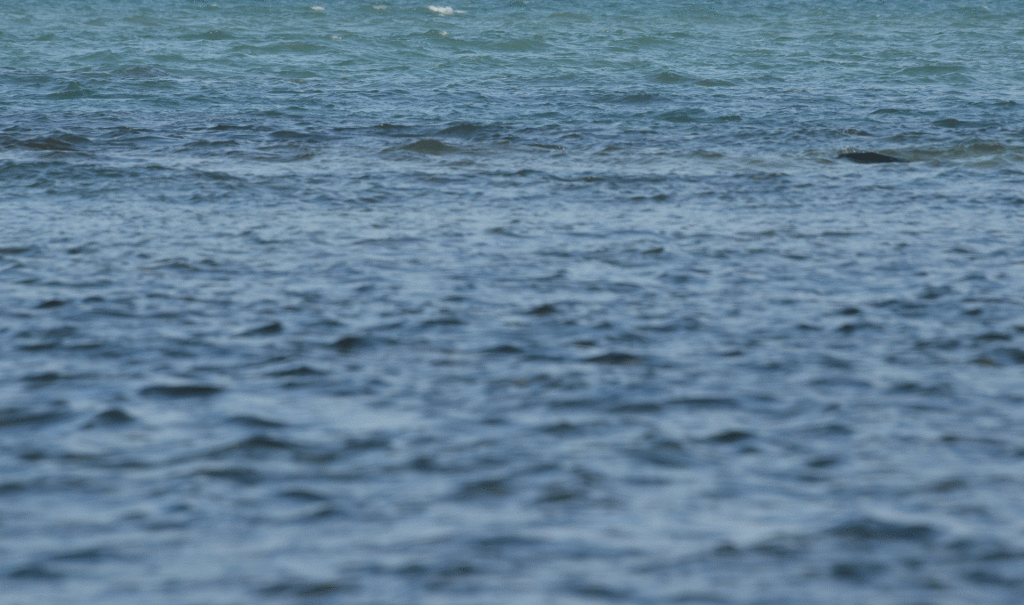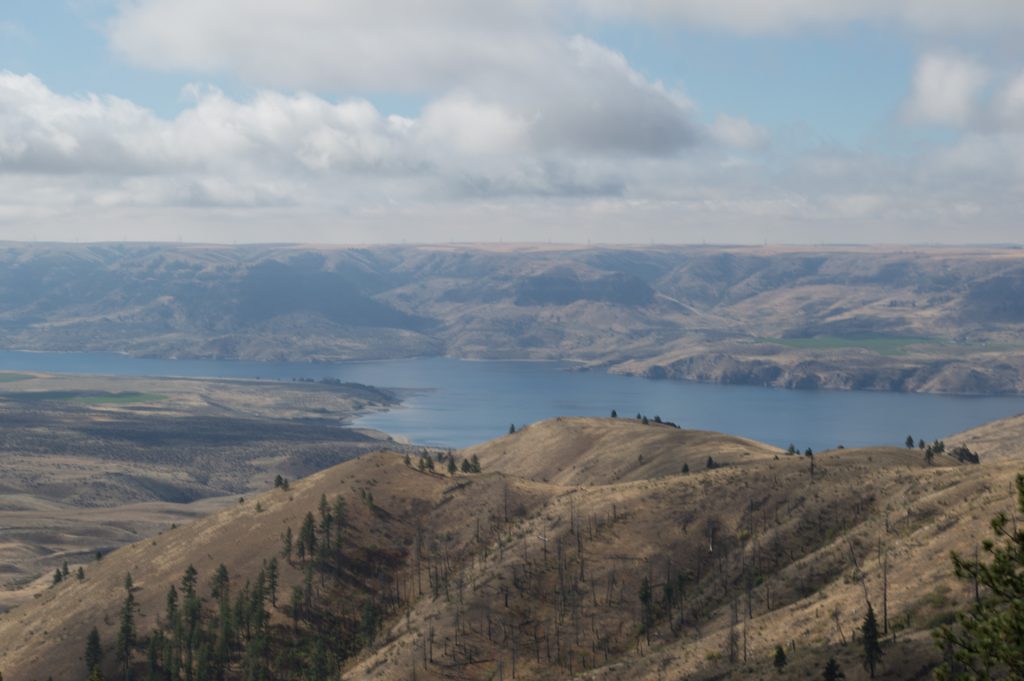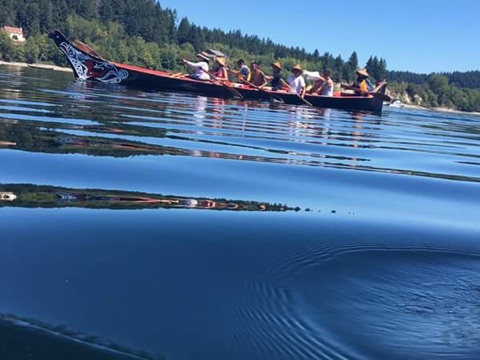News & Events
January 16, 2014
Taiwan: Birthplace of Austronesian Languages

This displays the historical range of Taiwan’s indigenous peoples, color-coded by language branches of the Austronesian family. The linguistically-related Truku and Seediq tribes are combined on this map; most of the area marked Seediq is actually populated by the Truku tribe.
The 17 (out of 21 or so) surviving indigenous languages of Taiwan are the oldest and most diverse languages in the widespread, 1200-language Austronesian family of languages. The linguistic importance of the Taiwanese languages lies in the fact that of the ten major branches of Austronesian (Blust, 1999), nine are exclusively Taiwanese. (These branches are equivalent to the Indo-Iranian, Greek, Romance, Germanic, Celtic and Balto-Slavic branches in the Indo-European language family.) The one non-exclusively Taiwanese branch is the 1180-language Malayo-Polynesian branch, which includes the most well-known members of the Austronesian family: Indonesian and Malay, Malagasy in Madagascar, the 70-plus Filipino languages, and Māori, Samoan, Tongan and Hawai’ian.
There is one lone representative of the Malayo-Polynesian branch on a Taiwanese island off the southeast coast. Imagine, then, having languages representing all ten branches of an entire language family on a landmass smaller than Switzerland, or one-fifth the size of Washington State!
The diversity of Taiwanese languages strongly suggests that Austronesian peoples have inhabited Taiwan for 8,000 years. Population growth contributed to out-migration from Taiwan to the Philippines starting 6,000 – 7,000 years ago, and thence to mainland Southeast Asia and the islands of Indonesia. From maritime SE Asia, Austronesians fanned eastward to the islands of the South Pacific between 1200 B.C. and 1280 A.D., when New Zealand became the last major island group to be settled. Austronesians fanned westward into the Indian Ocean and landed in Madagascar by 500 A.D.

The Austronesian language family, which originated in Taiwan, spans half the world from Madagascar to Easter Island.
Despite centuries of colonization and assimilation policies, that 17 indigenous languages survive in Taiwan to this day is a testament to the resiliency of Taiwan’s indigenous peoples. Only one of the indigenous languages, Truku, is used as an elective in education and is considered self-sustaining. Seven indigenous languages are in daily use. Nine indigenous languages are threatened with assimilation into neighboring tribal languages or are minimally being passed on to the younger generation. Four indigenous languages have become extinct since historical times.
Despite centuries of colonization and assimilation policies, 17 indigenous languages survive in Taiwan to this day–a testament to the resiliency of Taiwan’s indigenous peoples. Seven indigenous languages are in daily use, and one of the indigenous languages, Truku, is used as an elective in education and is considered self-sustaining. Nine indigenous languages are threatened with assimilation into neighboring tribal languages or are minimally being passed on to the younger generation. Four indigenous languages have become extinct since historical times.
The 17 surviving indigenous languages of Taiwan (out of 21 or so) are the oldest and most diverse languages in the large and widespread Austronesian family of languages of Southeast Asia and the Pacific. Of the ten major branches of Austronesian, nine are exclusively Taiwanese. The one non-exclusively Taiwanese branch is the 1180-language Malayo-Polynesian branch, which includes the most well-known members of the Austronesian family: Indonesian and Malay, Malagasy in Madagascar, the 70-plus Filipino languages, and Māori, Samoan, Tongan and Hawai’ian.
The diversity of language in Taiwan is so great that all ten linguistic branches of the language family are represented in Taiwan and its offshore islands. Imagine, then, having languages representing all ten branches of an entire language family on a landmass smaller than Switzerland, or one-fifth the size of Washington State!
The diversity of Taiwanese languages strongly suggests that Austronesian peoples have inhabited Taiwan for 8,000 years. Population growth contributed to out-migration from Taiwan to the Philippines starting 6,000 – 7,000 years ago, and thence to mainland Southeast Asia and the islands of Indonesia. From maritime SE Asia, Austronesians fanned eastward to the islands of the South Pacific between 1200 B.C. and 1280 A.D., when New Zealand became the last major island group to be settled. Austronesians fanned westward into the Indian Ocean and landed in Madagascar by 500 A.D. Interestingly, then, the Pacific Islanders of today most likely have historical roots in ancient Taiwan.




